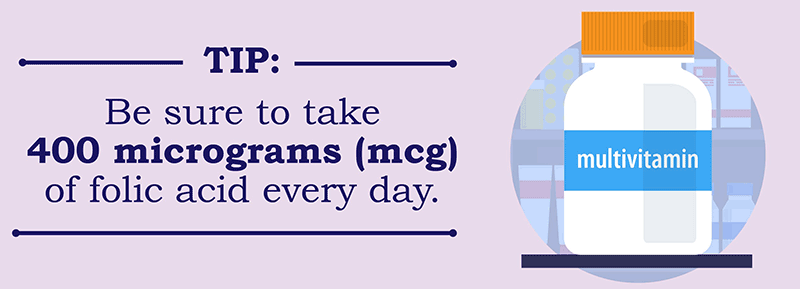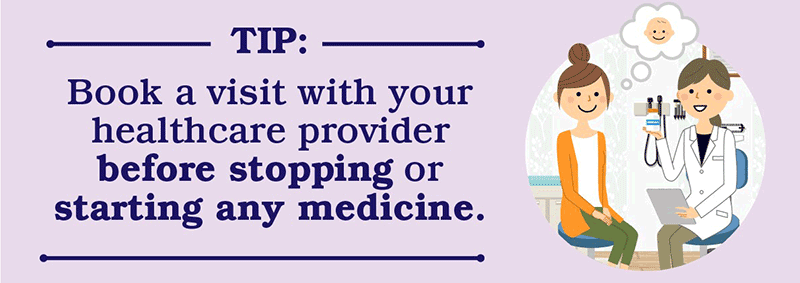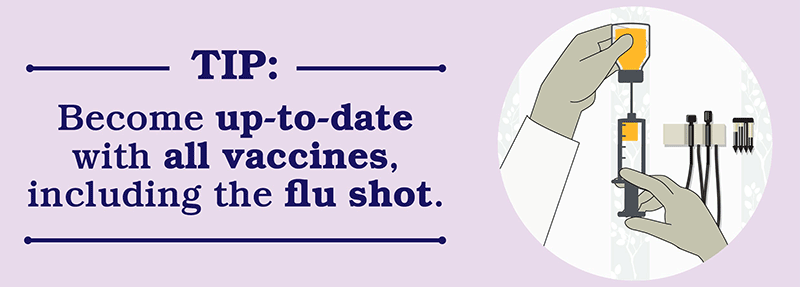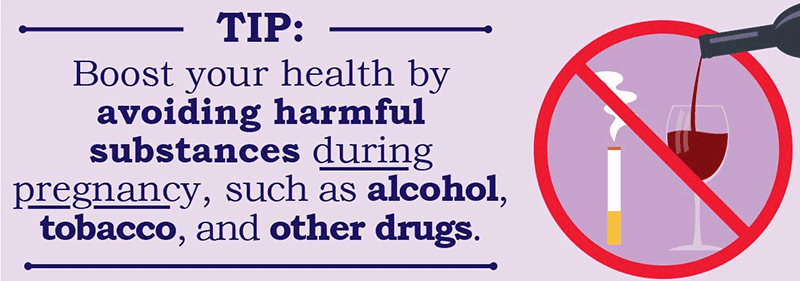A baby is born with a birth defect in the United States every 4.5 minutes, according to the Centers for Disease Control and Prevention (CDC). Birth defects are defined as any structural changes present at birth that affect how the body looks, works, or both, and they can vary from mild to severe.
While not all birth defects can be prevented, there are concrete steps pregnant mothers can take to increase the chances of giving birth to a healthy baby.
In honor of National Birth Defects Prevention Month in January, the National Birth Defects Prevention Network released a resource guide with five tips for preventing birth defects, including social media messaging for each one. Follow the hashtag #Best4YouBest4Baby throughout the month of January to keep up with the latest activity, and see a summary of the recommendations below, along with graphics from CDC:
Tip #1: Be sure to take 400 micrograms (mcg) of folic acid every day.
Folic acid can prevent brain and spine defects. Ensure you are meeting the recommended daily folic acid intake by eating a balanced diet and taking multivitamins.
Tip #2: Book a visit with your healthcare provider before stopping or starting any medicine.
Speak with your healthcare provider about your current medications before you get pregnant, and see your healthcare provider regularly while you are pregnant to keep up with your prenatal care. Your provider may recommend changes to any medications you are taking or further testing to ensure your health and the health of your baby.
Tip #3: Become up-to-date with all vaccines, including the flu shot.
The flu shot and the Tdap vaccine, which protects against adult tetanus, diphtheria, and acellular pertussis, are recommended specifically for pregnant women to protect both you and your baby against serious diseases.
Tip #4: Before you get pregnant, try to reach a healthy weight.
Being underweight or overweight at the start of a pregnancy can cause complications for the baby. Maintaining a healthy lifestyle with healthy eating habits and regular exercise is a good way to prepare for pregnancy.
Tip #5: Boost your health by avoiding harmful substances during pregnancy, such as alcohol, tobacco, and other drugs.
Drinking alcohol, smoking (or any other tobacco use), and drug use during pregnancy can cause problems for a developing baby, as well as for the mother. Avoiding alcohol, tobacco products, and other drugs when you start trying to get pregnant will improve your health and the health of your baby.
Learn More
Find out more about National Birth Defects Prevention Month in this week’s NACCHO Podcast, featuring a conversation with Dr. Sandra Ford, health director for DeKalb County Health Department. In the podcast, Dr. Ford discusses risk factors around maternal and child health, including the challenges DeKalb County faces in lowering their rates of infant mortality.







